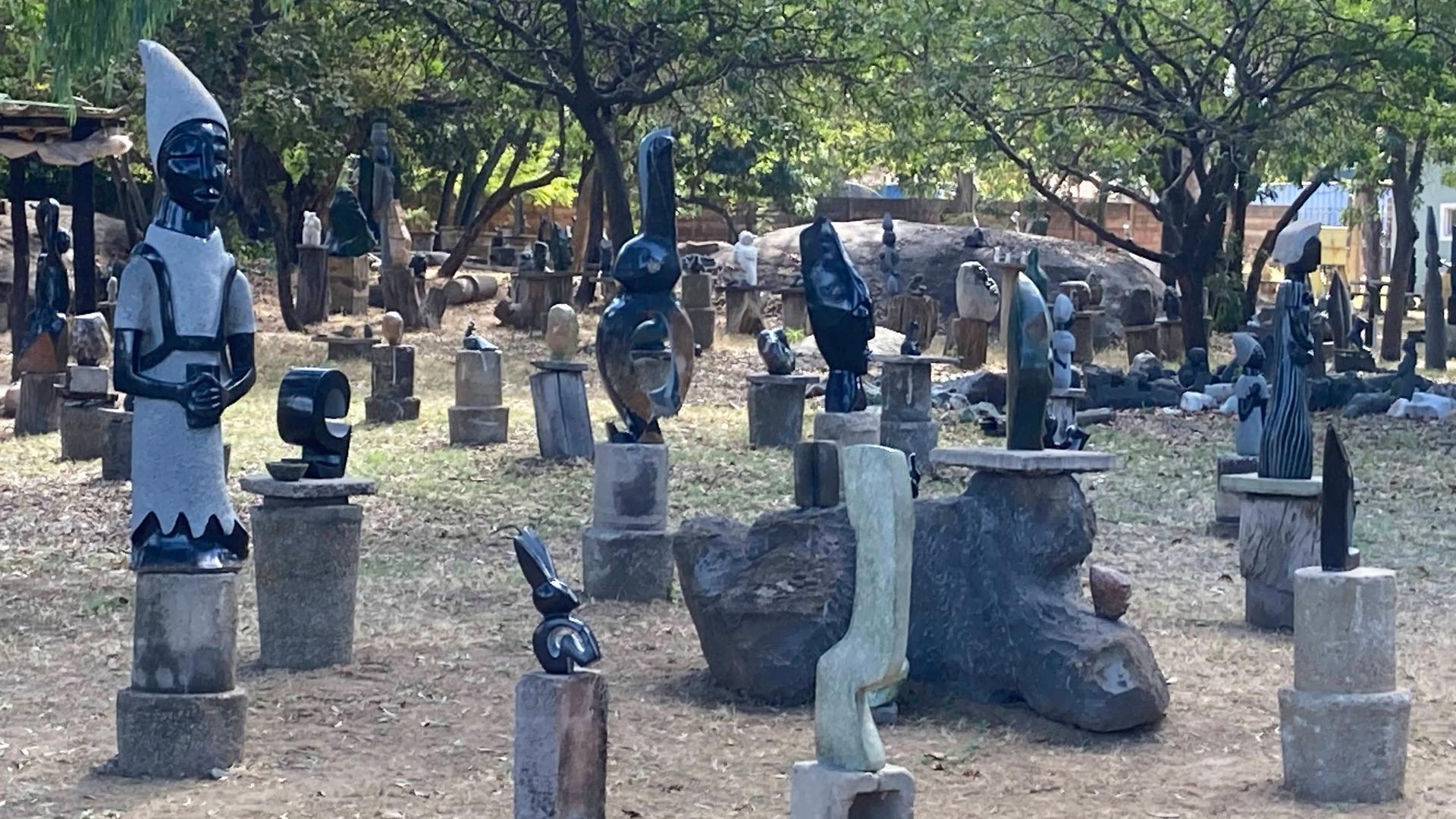On any given day, Artist Leo Berekayi is chipping away at gray stone in Chapungu Sculpture Park, home to one of Zimbabwe’s largest collections of stone sculptures.
Berekayi, 47, works at the sprawling open-air gallery on the outskirts of Harare under an agreement with the owners.
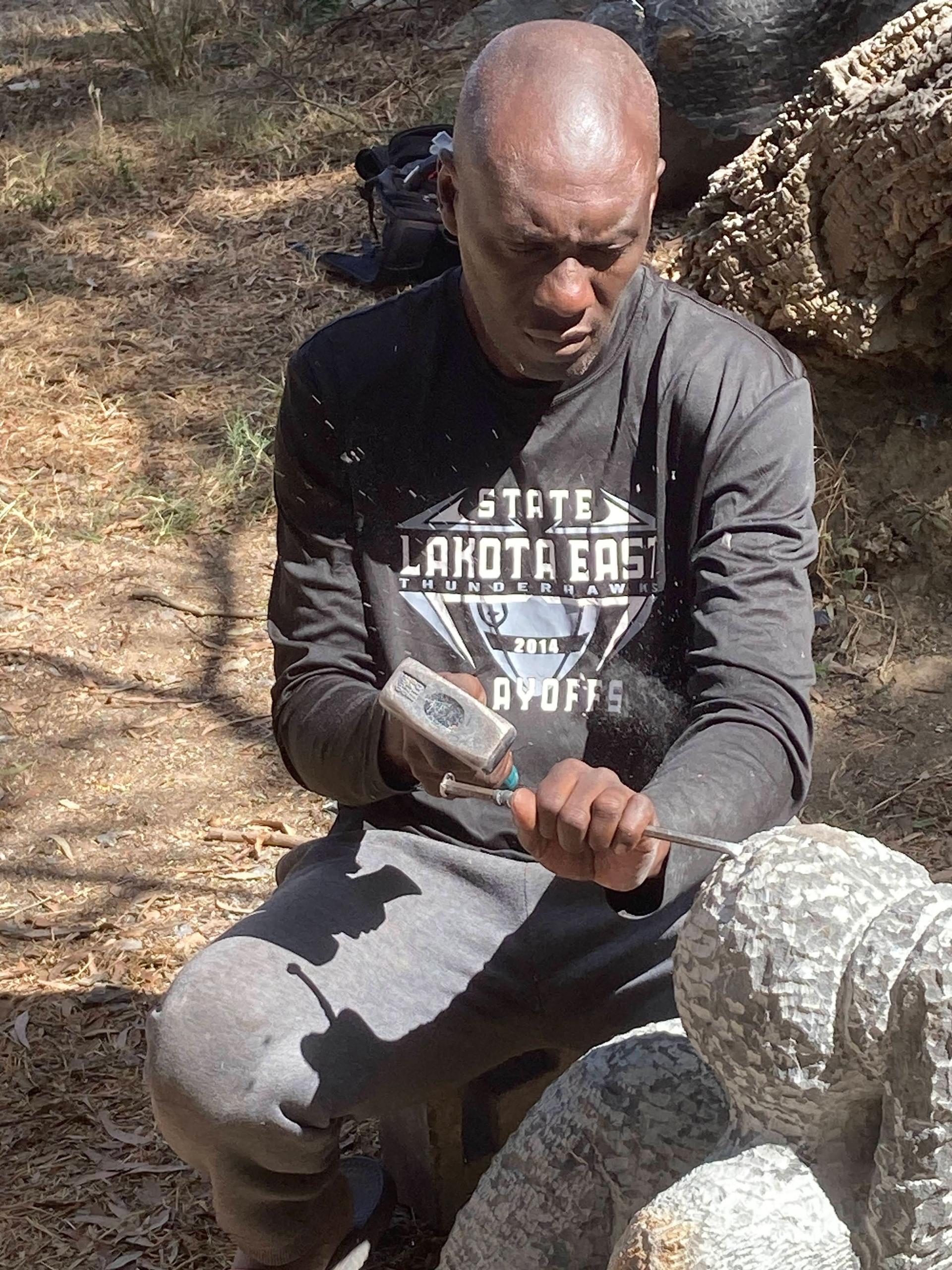
Berekayi, using simple tools, is carefully carving the stone into a new work he calls “After the Bath,” depicting a woman.
“The stone is spring stone, and it’s going to be black when I finish it, after I rasp and sandpaper it,” he said.
Zimbabwe’s sculptors made good money until the political and economic turmoil started in 2000. Plenty of Western buyers, collectors and gallery owners created a robust market. The lean years have led many artists to turn to side jobs. And some sculptors struggle to continue creating these beautiful works of art.
Stone sculpting is a centuries-old tradition in the country.
Zimbabwe means “big house of stone” in Shona, the main Indigenous language. It refers to the complex of Great Zimbabwe, an ancient stone city built several centuries ago. The remains of the complex, a UNESCO World Heritage Site, are still standing, and stone sculptures were found there.
Current designs vary. Some depict mothers hugging children, arms and hands reaching out, or a pair of huge, expressive eyes.
Roy Guthrie, the founder and director of Chapungu Sculpture Park, said the artists don’t just sculpt to make money.
“They also do it to depict what they are and depict that we are a people of our own, we have a culture of our own, we have customs of our own.”
The artists used to sell their art work to tourists and buyers who resold the sculptures in their galleries abroad. Then, in 2000, the Zimbabwean government launched the sometimes-violent takeover of white-owned farms, ostensibly for the resettlement of landless Blacks.
That, Berekayi said, changed everything.
“The bad publicity in Europe and America made tourists shy away from Zimbabwe; the messages they were getting over there, they’d think as a different race, you could not walk in the streets.”
Edith Mushore, Roy Guthrie’s wife and co-director at Chapungu, said more than a dozen artists used to create pieces at the gallery but several have given up.
“One artist is making sausages; another artist is growing fruit trees; another artist is now a cattle rancher and other artists are just making do, maybe going back to the rural home and living off the land, subsistence farming. That’s the reality.”
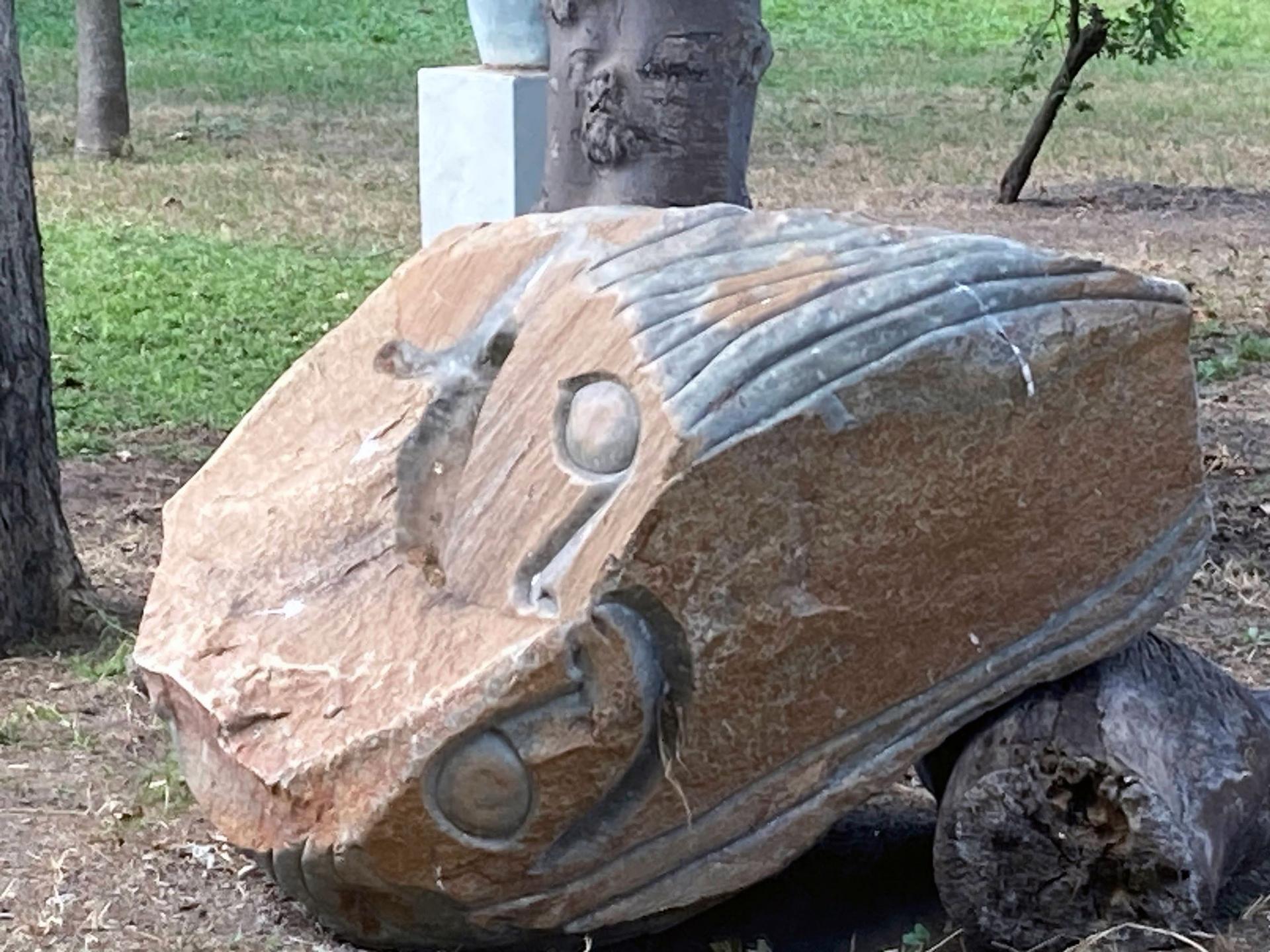
Letwin Mugavazi, one of the few female sculptors in Zimbabwe, has been sculpting for more than 30 years.
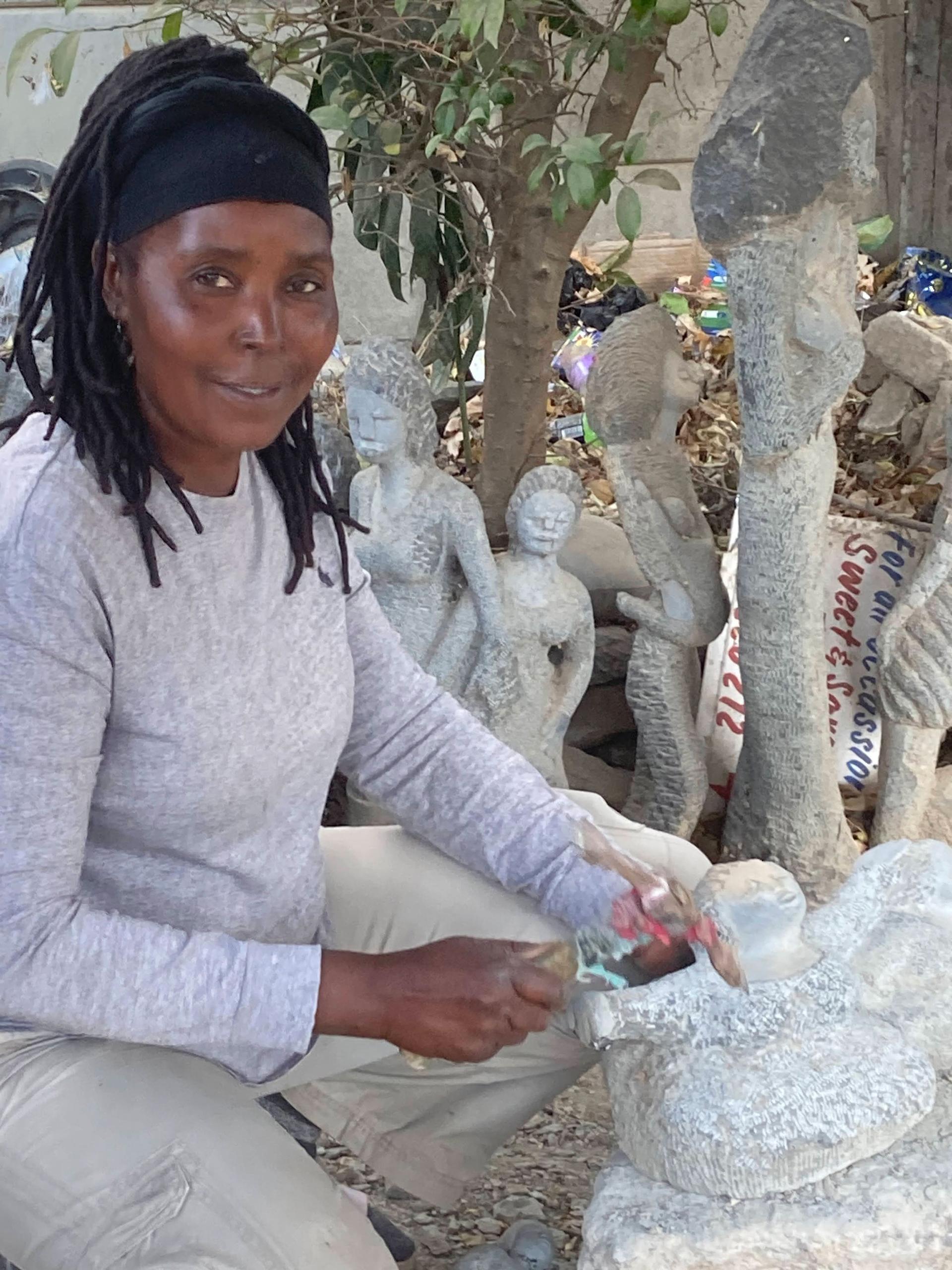
Mugavazi comes from a family of sculptors but was discouraged from taking up a craft deemed for men only. Mugavazi, since selling her first piece for $30 when she was 12, said she has never looked back. She has exhibited and sold pieces abroad.
Today, Mugavazi works in a shed in her yard in Chitungwiza, a low-income neighborhood outside Harare.
Her most-expensive piece fetched $15,000. But she said some of the few who buy to resell in their countries take advantage of the lack of buyers. One gallery owner resold one of her pieces for $27,000.
“I had sold it for $650, but sometimes, you have no option when you know that if I get this $600, it’s going to put food on the table for my children.”
And working in this medium can become costly.
There’s an abundance of stones suitable for sculpting across Zimbabwe, but sculptors have to travel to buy them from landowners and transport them wherever they work.
“This costs money and is affecting my productivity,” she said. “Last week, I went to my home village where we get stones. I wanted to bring them to Harare, but the money was not enough. It’s so expensive nowadays to ferry stones from where we get them.”
Not all stone sculptors are struggling.
Dominic Benhura, Zimbabwe’s preeminent stone sculptor, mounts solo exhibitions all over the world and has pieces in important collections. He also gets commissioned by collectors from across the globe. Benhura donated a piece to the Nelson Mandela Foundation and presented it to the late anti-apartheid icon.
He runs Dominic Studio, a sculpture garden at his suburban property where both up-and-coming and established sculptors work on stones he collects from around the country.
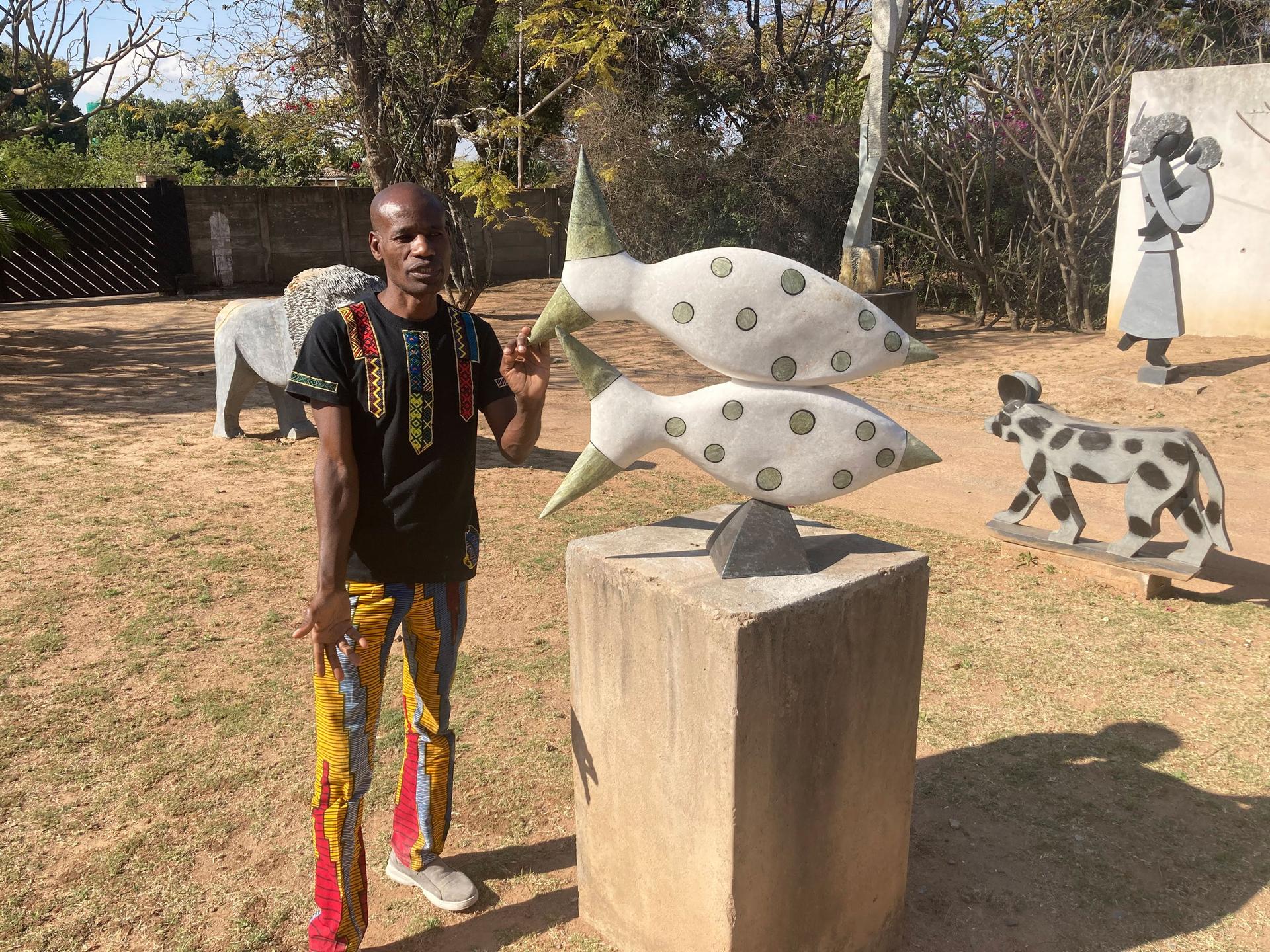
He co-curated the permanent collection in Atlanta’s Hartsfield-Jackson International Airport in Georgia. “They were looking for beautiful art from Zimbabwe from different artists,” he said.
Farai Muchemwa, deputy director and curator of contemporary art at the National Gallery of Zimbabwe, believes the artists should target the local market instead of waiting for international buyers. She dismisses the notion that locals do not appreciate art.
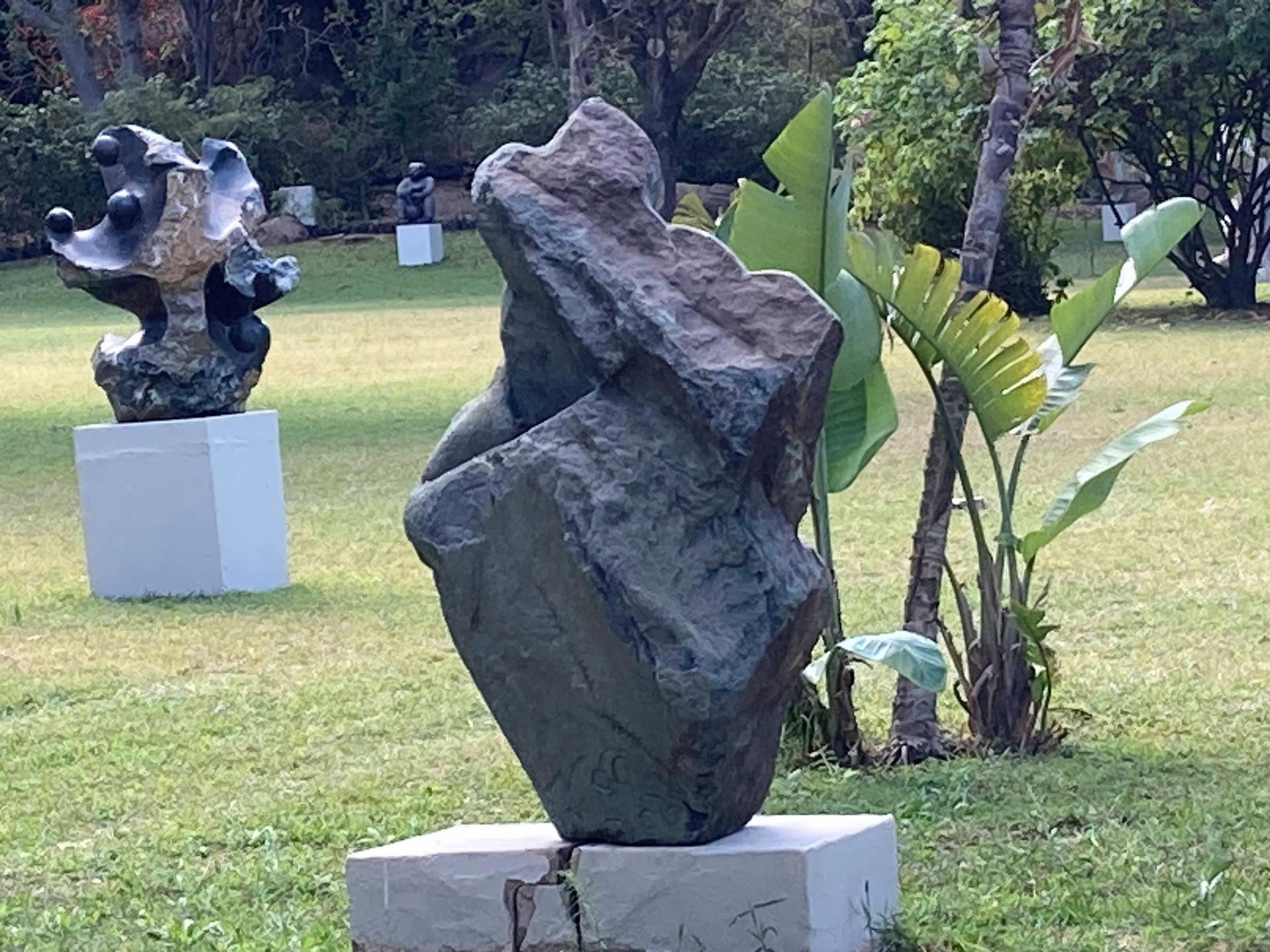
“There is an opportunity to appeal to a local audience by making work relatable and priced within the range of local buyers.”
Instead of carving to appeal to international buyers and pandering to Western tastes, she challenges the current generation of artists to produce pieces that reflect more traditional influences.
The story you just read is not locked behind a paywall because listeners and readers like you generously support our nonprofit newsroom. If you’ve been thinking about making a donation, this is the best time to do it. Your support will get our fundraiser off to a solid start and help keep our newsroom on strong footing. If you believe in our work, will you give today? We need your help now more than ever!
